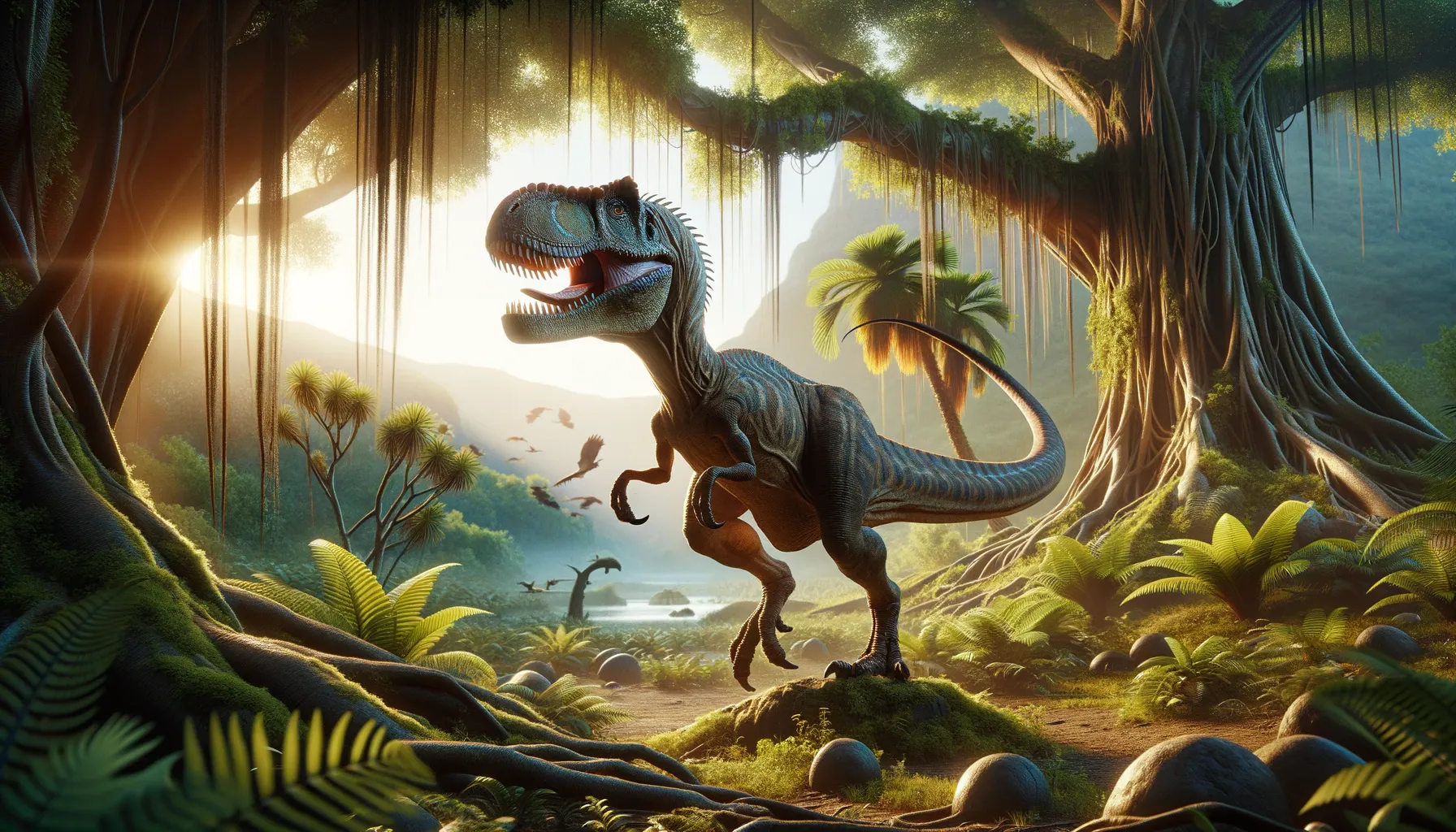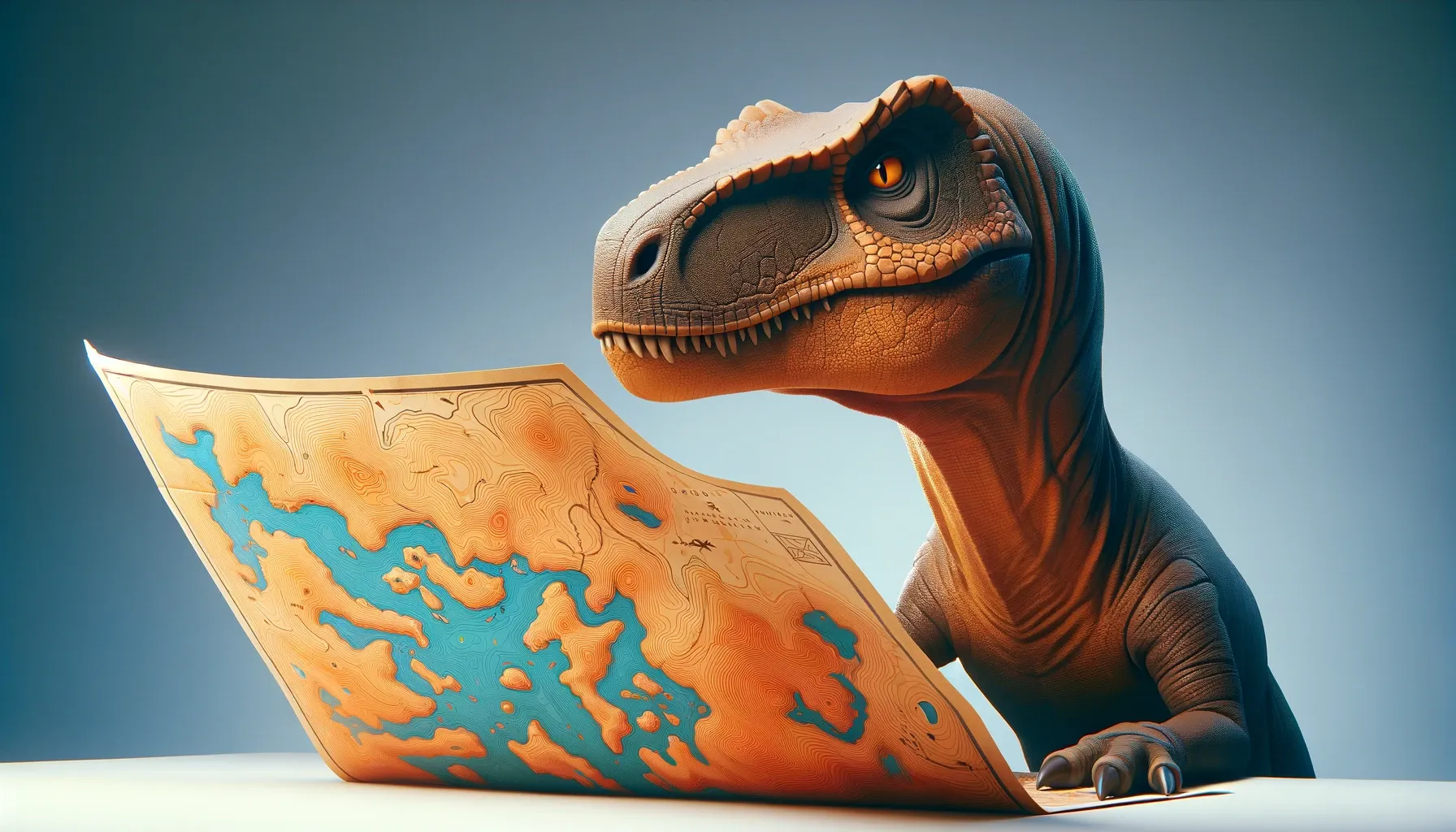
Manidens
Small herbivore bridging evolutionary gaps.
Period
Jurassic
Length
Roughly 1.3 meters long.
Height
About 60 centimeters tall.
Weight
Approximately 10 kilograms.
Manidens was a small herbivorous dinosaur that roamed the Earth during the early Jurassic period. Known for its unique teeth, it offers insight into the evolution of plant-eating dinosaurs. Discovered in Argentina, Manidens bridges the gap between earlier carnivorous ancestors and later herbivores, showcasing an evolution of dietary strategies. Its fossilized remains have provided valuable information about the lifestyle and adaptations necessary to survive in its time.
Diet
Manidens primarily consumed plants, using its specialized teeth to process a variety of vegetation. Its diet was crucial for its survival, particularly in diverse and challenging environments.
Hunting
Manidens was not a hunter in the traditional sense but an opportunistic feeder. It would have foraged on low-lying plants, adapting its behavior to abundant resources.
Environmental challenges
Manidens faced environmental challenges such as fluctuating climate conditions and competition for limited resources. Its habitat was dominated by larger herbivores, causing competition for food. The adaptation to diverse plant diets helped Manidens cope with these challenges.
Speed
Manidens moved at a moderate pace suitable for its environment.
Lifespan
Likely lived for several years, typical for small dinosaurs.
First discovery
First discovered in 2011 in Argentina.
Fun Facts
- Manidens lived during the Middle Jurassic period, around 170 million years ago.
- Its name means 'hand tooth,' a reference to its unusual teeth that resemble fingers.
- Manidens was a small dinosaur, about the size of a turkey.
- It was a herbivore, mainly eating plants and possibly seeds.
- Its fossils have been found in what is now Argentina, suggesting it lived in South America.
- The discovery of Manidens helped scientists learn more about the diversity of early plant-eating dinosaurs.
- Despite its small size, Manidens had strong legs that suggest it was a fast and agile runner.
Growth and Development
As a small dinosaur, Manidens likely had a relatively fast growth rate, reaching maturity quickly. This growth would have helped it survive in an environment filled with predators and competitors. Juveniles might have stayed in protective settings until they were large enough to fend for themselves.
Habitat
Manidens lived in a lush, forested environment with diverse plant life. This habitat provided ample food sources and natural cover from predators. The landscape was likely dominated by conifers and other early flowering plants.
Interaction with other species
Manidens coexisted with a variety of other Jurassic creatures, including larger sauropods and potentially some early theropods. Its size made it a potential target for predators, necessitating vigilance and possible herd behavior. Communication with other species would have been minimal, likely focused on avoiding threats.
Natural lifespan
Manidens lived as long as conditions and predators allowed.
Reproduction
Manidens likely reproduced by laying eggs, as did many dinosaurs from its period. Nesting strategies may have included constructing simple nests to protect eggs from predators. Parental care details remain speculative but could include guarding nesting sites.
Social behaviour
While detailed social behavior is not entirely known, Manidens may have exhibited basic social interactions for survival, such as group foraging or herding. These behaviors would offer protection against predators. Solitary behavior could have occurred when resources were scarce.
Fossil locations
Fossil remains of Manidens have been discovered in Patagonia, Argentina. These findings have been crucial in understanding its anatomical and dietary evolution. The area reveals a rich tapestry of Jurassic biodiversity, showcasing the conditions in which Manidens thrived.
